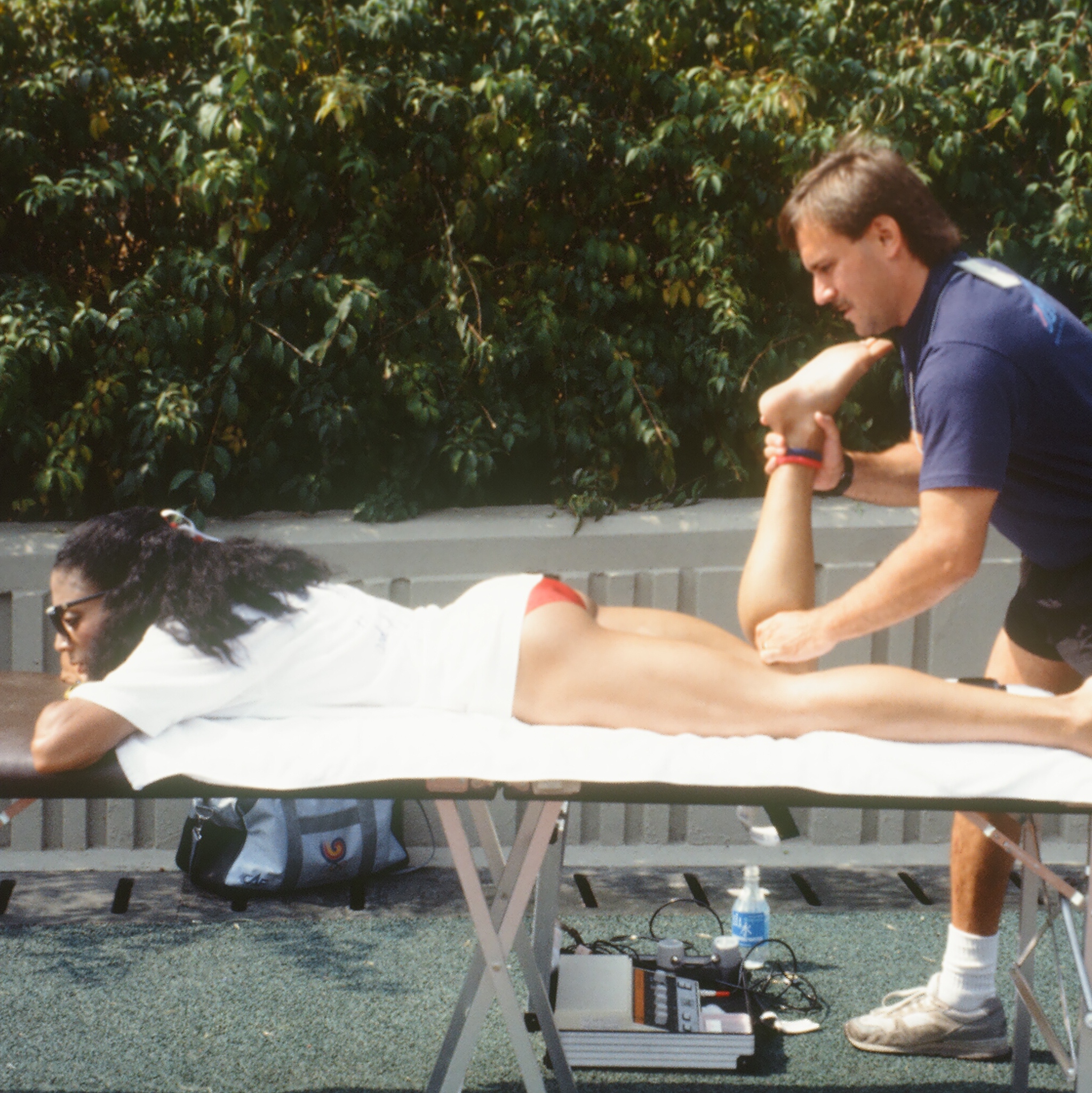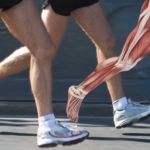How to Construct a Metabolic Workout Using PHASE IV Science
So, after your yearly physical, the doctor tells you to start exercising to lose some weight or reduce health risk factors that were identified in the exam. But what kind of workouts, how often, how long and how hard should you workout to lose weight and/or improve your health? Longer duration, continuous “metabolic” workouts (also known as cardio) including walking, running, cycling, swimming or elliptical training, etc., have been shown to provide the most significant health benefits. These type of aerobic workouts offer the greatest degree of protection against disease including heart disease, vascular disease, diabetes and even certain cancers and mental health conditions. This type of exercise has also been shown to help with stress management and improve learning. This has led to the “Exercise is Medicine” slogan that helped spread the word about the value of low intensity workouts. However, just like any medicine, the dosage, frequency and intensity of workouts matter. To make workouts effective and your program sustainable for life consider these guidelines.Program Design
Frequency: All reasonable workouts provide health benefits, however, typically one needs to workout 2-3 times per week to achieve long term results. Duration: It is important to start slow and build up in terms of the length of your workouts. We have found it’s best to use time and not mileage to guide your workouts. This allows for some variation depending on how you feel each day rather than push yourself to cover a specific distance. Intensity: Low intensity, longer duration workouts teach your body to burn fat as a primary fuel 24/7 and this holds obvious implications for your body weight. If you pick up the pace (intensity) of your workout your body will shift to burning carbohydrates and you will have missed the opportunity to use your workout time to reprogram your metabolism to prefer fats. So start slow and stay slow to get the best results.How to Construct the Best Workout
Before Workouts
Hydration and Nutrition: Eating well and drinking water throughout the day will assure you ready for your workouts. Be sure you have eaten a meal or snack no more than two hours before workouts and you have 16 oz. of water within an hour of the workout. Stretching: The primary reason we all need to stretch before exercise is to be sure we have adequate range of motion around joints to execute the correct bio-mechanics of the activities you will perform. Static stretching exercises accomplish this with the best results. Dynamic warm up is not a substitute for static stretching. Similarly, starting your workouts slow is also not a substitute for static stretching. Foam Roller: The foam roller is the most significant training adjunct introduced since static stretching was popularized in the 1960’s and ’70’s. The foam roller is like having a personal massage before and after every workout. Rolling will help break adhesions in muscles, tendons and fascia and helps make workouts more comfortable. If you have areas of tightness and pain that interfere with your daily activities or workouts the foam roller will quickly become your favorite workout partner.During Workouts
Hydration and Nutrition: Workouts lasting 60 minutes or less require nothing more than plain water. For longer workouts, drinking 18-20 oz. of fluids per hour will keep your hydration levels at safe levels. As little as a 10% loss of circulating fluids through sweating will negatively affect performance.Nutrition: Low intensity workouts lasting up to three hours will not require that you take in large amounts of calories as long you have eaten no greater than two hours before the workout. For workouts lasting longer than three hours or higher intensity workouts over 60 minutes you will need to ingest from 100-200 calories per hour via a sports drink, snack or bar with both protein and carbohydrate.
Stretching:
If you feel tightness or pain during a workout, it’s best to stop and stretch to avoid the painful area from becoming injured.Intervals:
Intervals are distinct periods of increased intensity within a workout followed by an equal or lesser period of lower intensity recovery and then repeated. The work intervals are typically between 15 seconds to 20 minutes and are used by scientific coaches and Phase IV Exercise Physiologists to peak fitness only AFTER an adequate base of aerobic fitness is established through the long slow training. The interval workout starts with a 15-30 minute warm up in the lower heart rate zones and ends with the same period of cool down. Your coaching program will spell out the exact heart rate zone to work within for each interval and for how many minutes. When prescribed, the timed work interval begins as soon as you start working harder regardless of how long it takes to get in the prescribed heart rate zone and ends after the number of prescribed minutes for the interval is reached. Intervals are taxing on your body and care should be taken to avoid injury or illness. As you begin to work harder you must also work harder on recovery.After Workouts
Recovery is paramount to all your training efforts. No one ever got stronger during a workout. Workouts stress the body to the point of breakdown and only after recovery do you become stronger and fitter. Hydration and Nutrition: The first order of business after a workout is to begin to restore the fluids and electrolytes lost in sweat and the calories you burned during training. Before you stretch, shower or attend to anything else your hydration and nutrition recovery efforts must begin. There is a 30 minute window after workouts when your body is most susceptible to recovery hydration and nutrition. It is imperative that you begin the process within this time period and with amounts and types of nutrients and fluids in direct relation to the intensity and duration of the workout.Stretching:
Static stretching is imperative after workouts to return the muscles and connective tissues to their normal resting length. Workouts leave muscles shortened and pumped up with blood laden with waste products. Stretching pulls the connective tissue elements in and around the muscles taught and this acts to physically wring the waste products out of the muscles and the blood vessels. Static stretching reduces post exertion muscle soreness as well.Foam Roller:
Rolling your muscles out after workouts serves to further push the waste products out of the muscles and helps them relax to allow for full recovery.Cryotherapy:
The use of cold to reduce inflammation has existed since Roman times and has been used for recovery long before research proved its effectiveness as a tool in the recovery process. Ice constricts blood vessels and pulls the fluids that escape the circulatory system during workouts and sit in the tissues, back into the blood stream. Local icing for sore or tight areas will help prevent injury and make the next workout more tolerable. The construct of the workout is directly related to reaping the benefits of all your hard work. Make these simple guidelines a habitual part of your workouts and the results will be a fitter, healthier you regardless of your health and performance goals.COMPREHENSIVE TRAINING PROGRAMS

Our programs have been honed over 35 years in the results driven world of elite athletics, and with thousands of athletes who have chosen our science based approach to achieving complex performance goals.
PHASE IV offers the most comprehensive science based training and nutrition programs available anywhere! We make you better, and keep you healthy and competing longer. If you are interested in improving your performance, and preventing injury, we will design a periodized daily training plan for you, complete with nutritional optimization, as well as strength and flexibility training.
Pictured here is CEO Robert Forster, PT and Florence Griffith Joyner “Flo-Jo” The fastest sprinter of all time.







